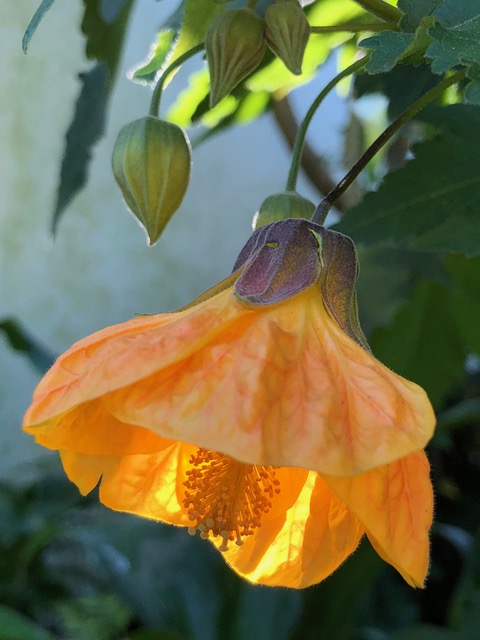
The Golden Crown
by SHAGHAYEGH RASHEDI
On my first day of school I felt very nervous, but my mother hugged me and told me I would make wonderful memories with my new friends, just as she had. But on that day, I knew I would face difficulties I could not even imagine, for I was a Bahá’í girl living in an Islamic country. The first major struggle I faced was when my classmates reached the age of accountability. Muslim girls reach the age of accountability at the age of nine, and this important milestone is usually celebrated in schools and mosques. I remember when our religious education teacher began preparing students in my school for this ceremony. There was to be a school trip to one of the mosques in our city, and our principal had asked a tailor to sew a chador, which was made of light pink satin, for each of the students to wear on this occasion.
A few days before the school trip, my mother came to the school to explain to the principal why I could not participate in this ceremony. But a week later, the religious education teacher approached me in the school yard where I was playing with my friends, smiled at me, and asked me to walk with her to the corner of the school yard, where no children were playing, so we could talk alone. The teacher began by explaining the beauty and greatness of Islam and went on to say that being a Muslim was the key to lasting happiness. She added that if I did not follow Islam, I would be thrown into hell, a blazing fire which is fueled by “men and stones.” Then she told me several terrifying stories from the Quran about how non-Muslims would burn in hell. She made sure I understood that that boiling water would be poured over the bodies of the unbelievers to scald their skin. I stood in the corner of the schoolyard, scared and speechless. Eventually, she had to leave to break up a fight between two students. But before she did, she asked me to think about what she had said, and invited me to the celebration.
I came back to class and sat next to my best friend, Zahra. She asked me if I was all right. I didn’t want to talk about it, so I told her I was fine. Then she showed me the plastic crown, the color of gold, which had been given to her to wear during the ceremony the next day. I loved that crown with its three ruby stones and its shiny lining. That day as I walked home, I thought about my teacher’s stories and the crown. One minute, I imagined myself in a pink puffy dress wearing the crown, like some Disney princess. The next minute I saw myself in the hell suffering the pain of fire and boiling water.
When I arrived home, my mother saw that I was upset. She asked me to tell her what had happened at school. When I told her about my conversation with my religious education teacher and the golden crown that was given to my classmates, my mother hugged me and promised she would fix everything. The next day, I didn’t go to school, because my friends were going on the school trip to the mosque. My mother let me sleep in, then we went out to have our lunch at my favorite fast-food restaurant. That afternoon, my mother explained the real meaning of the stories the teacher had told me, according to the Kitab-i-Iqan by Bahá’u’lláh. Her words eased my mind and strengthened my faith. I felt relieved when I understood the true meaning of the frightening stories the teacher had told me. The next day, when I went to school, my teacher gave me a pack that was, she said, a gift from all Muslims. When I opened the pack, I saw some fruit, a small Quran, and something completely unexpected — a shiny golden crown! At that moment, I thought of my mother and felt the power of true love.
Photo by Bev Rennie

